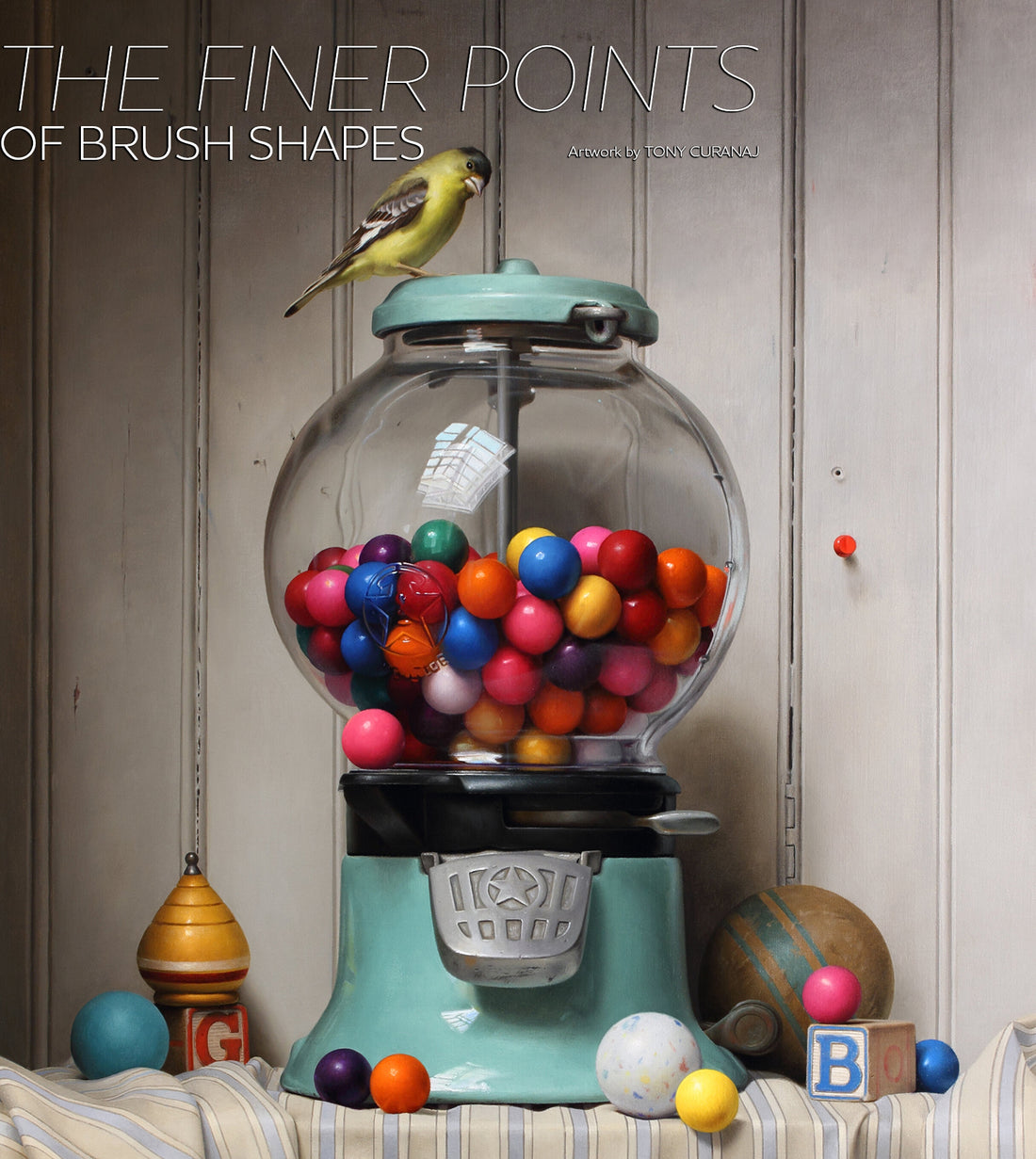Fine Lines and Brush Designs: Mastering Detail with the Perfect Paintbrush
Creating detailed artwork is as much about the tools as it is about talent and technique. The right paintbrush can make a significant difference, allowing you to apply paint with precision and achieve the exact effects you envision. Here's a look at the essential types of brushes every artist should know to master detailed work.
Why Brush Shape is Critical
The shape of a brush dictates the strokes it can make, influencing paint application, spread, and texture. Each brush shape is designed for specific results; using the correct type can transform an ordinary piece of art into a masterpiece. Understanding this is key to utilizing each brush to its fullest potential.
Detail Brushes: For Ultra-fine Artistry
For extremely fine details, you’ll want a brush with a sharp point and good snap, meaning it springs back into shape easily. Short handles offer more control for close-up work, which is often necessary for detailed applications.
Round Brushes: The Versatile Essentials
Round brushes are fundamental for any artist. Their pointed tips and rounded ferrules make them suitable for a variety of tasks—from outlining and detailed work to filling in smaller areas. Trekell Taklons: known for their versatility, these synthetic brushes come in various degrees of firmness. Golden Taklon brushes are slightly softer, ideal for fluid acrylics or watercolors, whereas Crimson Taklon brushes offer more stiffness, perfect for thicker acrylics or oils where more control is neededThey are especially useful in works where precision, such as in portraiture or fine linework, is crucial.

Flat Brushes: Bold and Broad Strokes
Flat brushes, characterized by their rectangular bristles, are excellent for bold, straight strokes and wide fills. Their versatility also allows them to create fine lines when used on their edge, making them useful for both broad washes and sharp, precise lines.

Filbert Brushes: The Blenders
With their oval shape and slightly pointed tips, filbert brushes are the perfect tool for blending and smoothing. They're especially popular among portrait artists for their ability to softly merge colors, mimicking the natural curves and gradients of the human face.
Fan Brushes: Adding Texture
Fan brushes are typically used not for detailed line work but for texturing and smoothing. These brushes are great for creating effects like stippling, making textures such as fur and leaves, or softly blending backgrounds to reduce brush stroke visibility.
Angle Brushes: Precision in Every Stroke
Angled brushes, or angled flat brushes, are essential for achieving sharp and precise lines. The angled shape of the bristles offers enhanced control, making these brushes ideal for detailed and complex designs, particularly where tight corners and curves are involved.
Rigger Brushes: Continuous Fine Lines
Named after their original use in painting ship riggings, rigger brushes have long, thin bristles that are perfect for drawing fine, continuous lines. They are excellent for adding details like hair strands, grass blades, or wires, where length and flow are necessary.
Choosing the Right Brush
The effectiveness of a brush depends on its use. Understanding the unique properties of each brush type can significantly enhance your painting technique. Whether you're just starting out or you're looking to refine your skills, experimenting with these brushes will help you develop precision and detail in your artwork. Equip yourself with the right brushes, and you're one step closer to creating breathtakingly detailed art.
Make sure to visit Tonycuranaj.com to check out more of his work and podcast!







